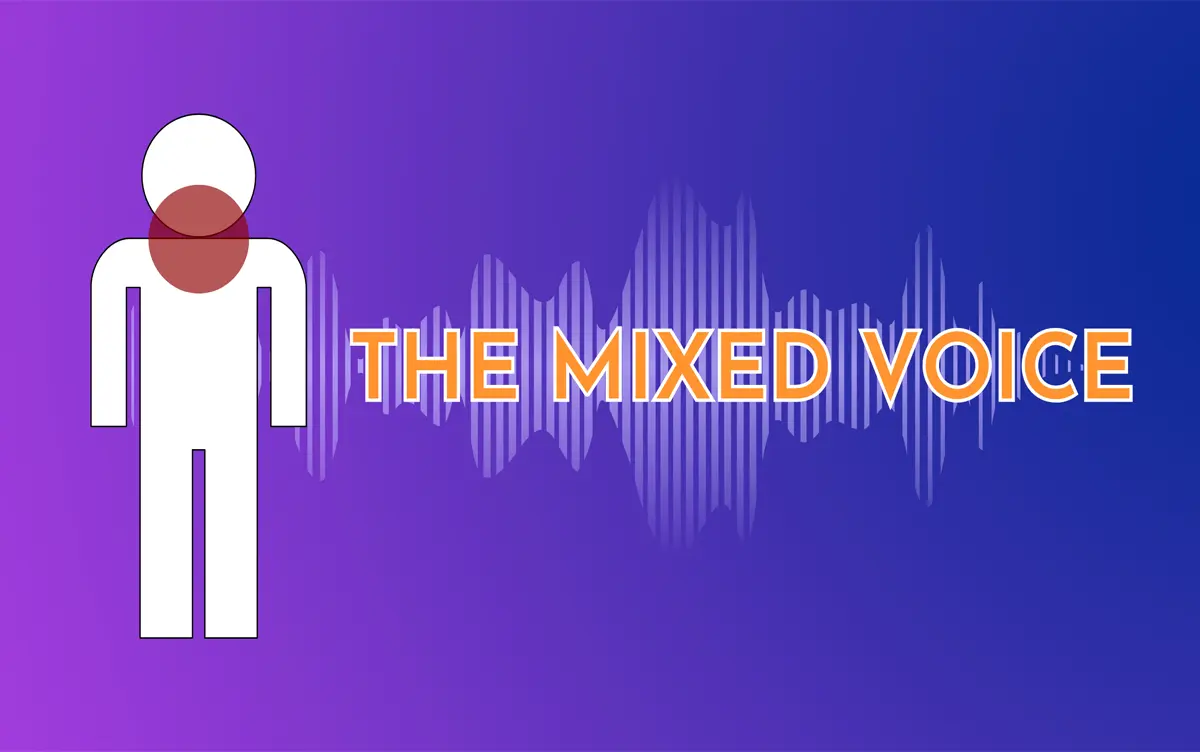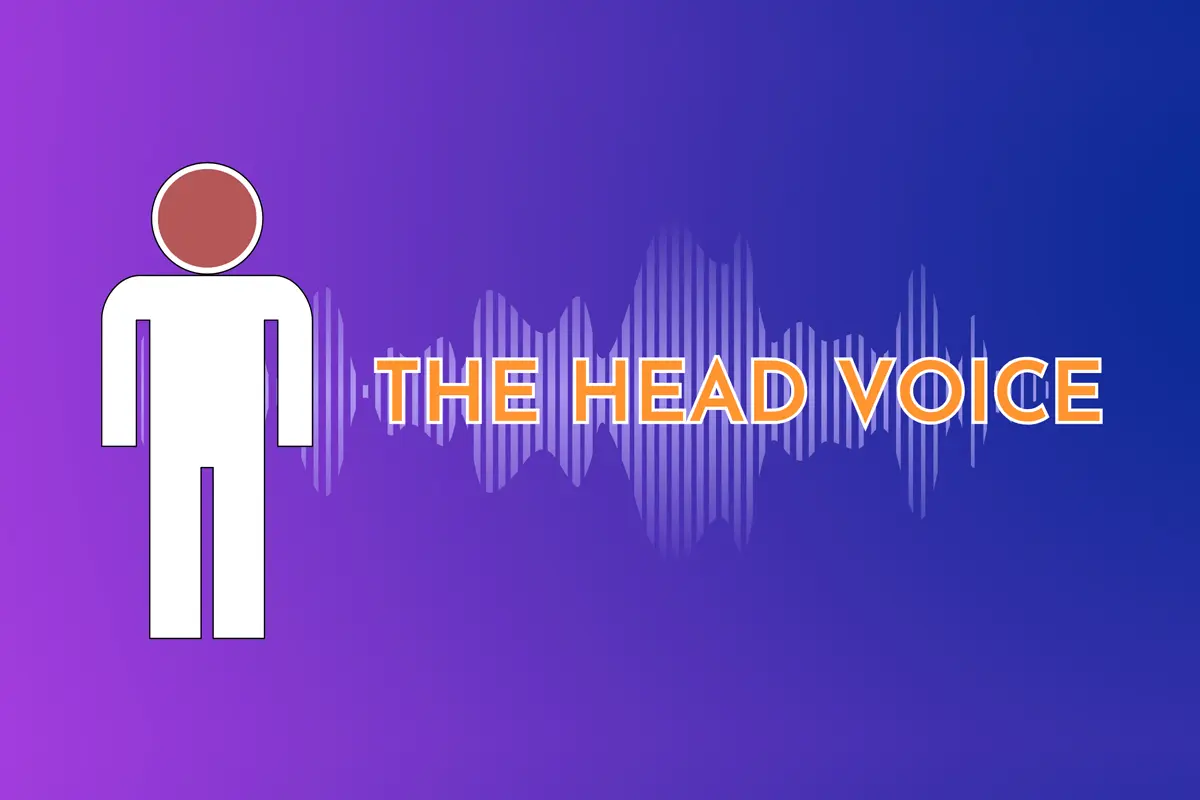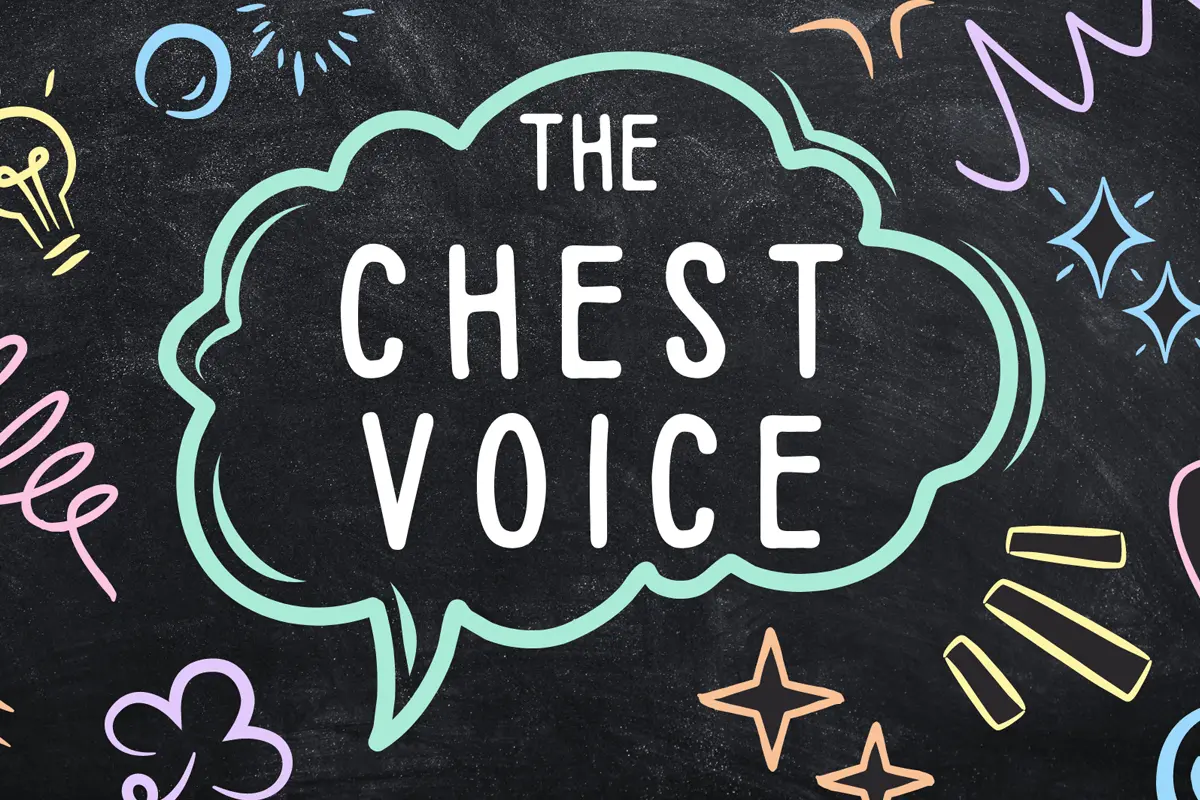Getting great vocal recordings depends heavily on having the right microphone. Picking the perfect mic can make your voice sound its best and capture all the little details of your performance.
But high-quality mics often cost a lot of money, which can be challenging if you’re on a tight budget.
I’ll share my top picks for the best vocal mics under $500.
After many years of using different microphones, I’ve learned that an affordable price doesn’t necessarily mean low quality.
Some fantastic options will give you professional-level sound without an insanely high price tag.
Whether recording your next hit song or starting a podcast, these mics can help you capture your voice with impressive clarity and warmth.
Don’t think that inexpensive equals poor performance. I’ve found some real gems that outperform their price, offering features and abilities on par with more expensive mics.
Get ready to explore various choices and find the perfect vocal mic for your style and budget.
Understanding Vocal Microphones
Before we get into the specifics, let’s look at the kinds of microphones and how well they work for recording vocals.
Condenser Microphones
These mics are sensitive and great at picking up all the tiny details and harmonics in your voice.
They do a fantastic job of accurately capturing the subtle nuances of a vocal performance, which is why they’re a popular choice for studio recordings.
Dynamic Microphones
While not quite as sensitive as condensers, dynamic mics are rugged and can handle loud sounds without distorting.
They’re often the go-to choice for live shows because they easily handle powerful vocals.
Some key features to consider when vocal recording, such as:
- frequency response
- sensitivity
- ability to handle loud sounds
- and self-noise levels.
A mic’s frequency response determines how accurately it captures different pitches. Meanwhile, sensitivity is about how well it picks up soft sounds.
Being able to handle loud volumes ensures your powerful vocals don’t distort. And low self-noise means less annoying background hum.
By understanding these mic types and specs, you can choose the right tool to properly capture and showcase your amazing vocals.
Criteria for Selection
With so many options on the market, narrowing down the best vocal microphones under $500 can take time and effort. However, my years of experience have taught me to prioritize the following factors:
Quality
While budget-friendly, these microphones must deliver excellent sound quality and accurately capture the richness and nuances of your vocals.
Versatility
A great vocal mic should be versatile enough to handle various recording environments. From a professional studio to a cozy home setup.
Suitability
Each voice is unique, and the ideal microphone should complement your vocal characteristics. Highlighting your strengths while minimizing any weaknesses.
With these criteria in mind, let’s explore my top picks for the best vocal microphones under $500.
Best Vocal Mic Under 500
AKG C214
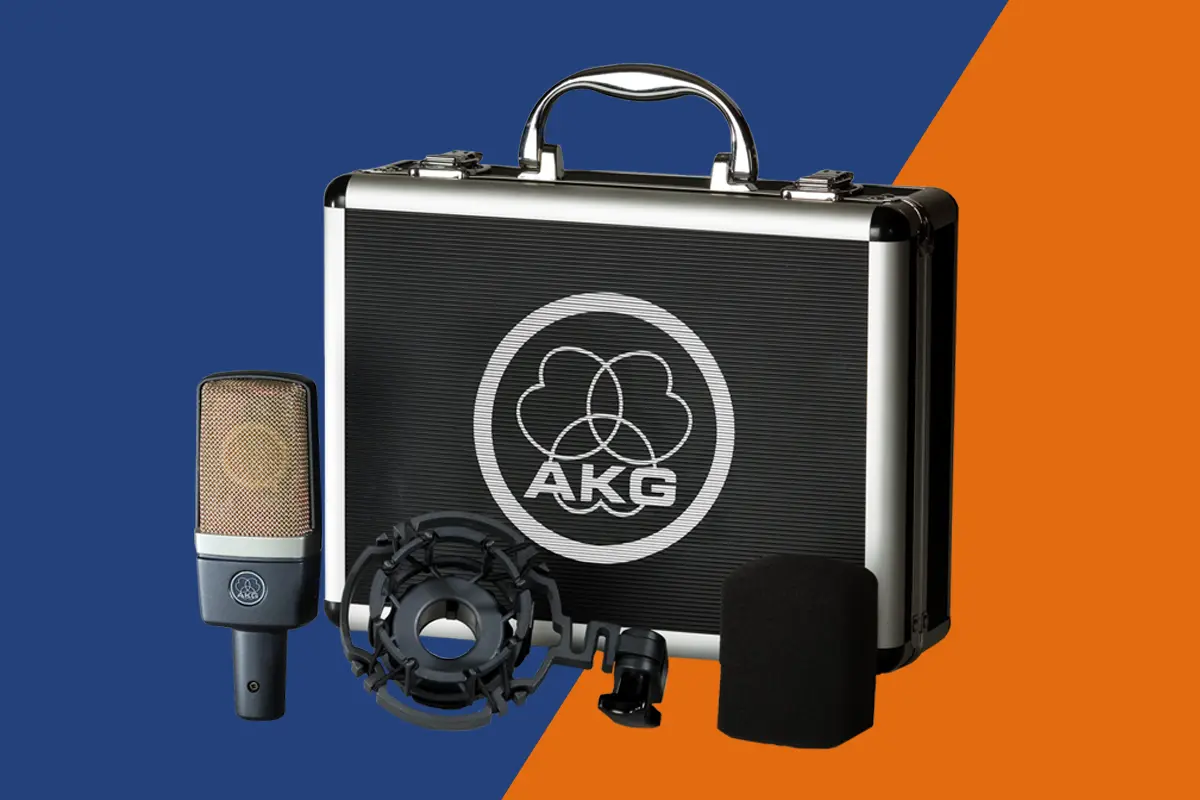
The AKG C214 is a true powerhouse in the world of vocal microphones. With its wide frequency range and impressive sensitivity, this condenser mic excels at capturing the subtlest nuances of your performance.
Key Features:
- Large-diaphragm condenser design
- Wide frequency range (20Hz – 20kHz)
- High sensitivity (20mV/Pa)
- Switchable bass-cut filter and attenuation pad
Cons:
- Slightly higher self-noise than some competitors
- Requires careful positioning because of the high sensitivity
Technical overview:
The AKG C214 is a professional large-diaphragm condenser microphone that captures warm, present vocals.
It is an externally polarized condenser mic with a cardioid polar pattern. The C214 has a wide frequency response ranging from 20Hz to 20kHz and a sensitivity of 20mV/Pa.
It can handle a maximum SPL of 135dB when engaged with its built-in -20dB pad. The self-noise level is 13dB-A.
The C214 requires 48V phantom power to operate. It features a bass-cut filter at 160Hz along with a 20dB attenuation pad, allowing you to tailor the microphone’s response for optimal vocal capture in close or high SPL scenarios.
The AKG C214 would be an excellent choice for vocalists with a nuanced, dynamic singing style who must capture subtle inflections.
Its high sensitivity makes it ideal for capturing breathy vocals and delicate harmonics. However, louder vocalists may want to use the pad to avoid overloading the mic.
Avantone CV-12
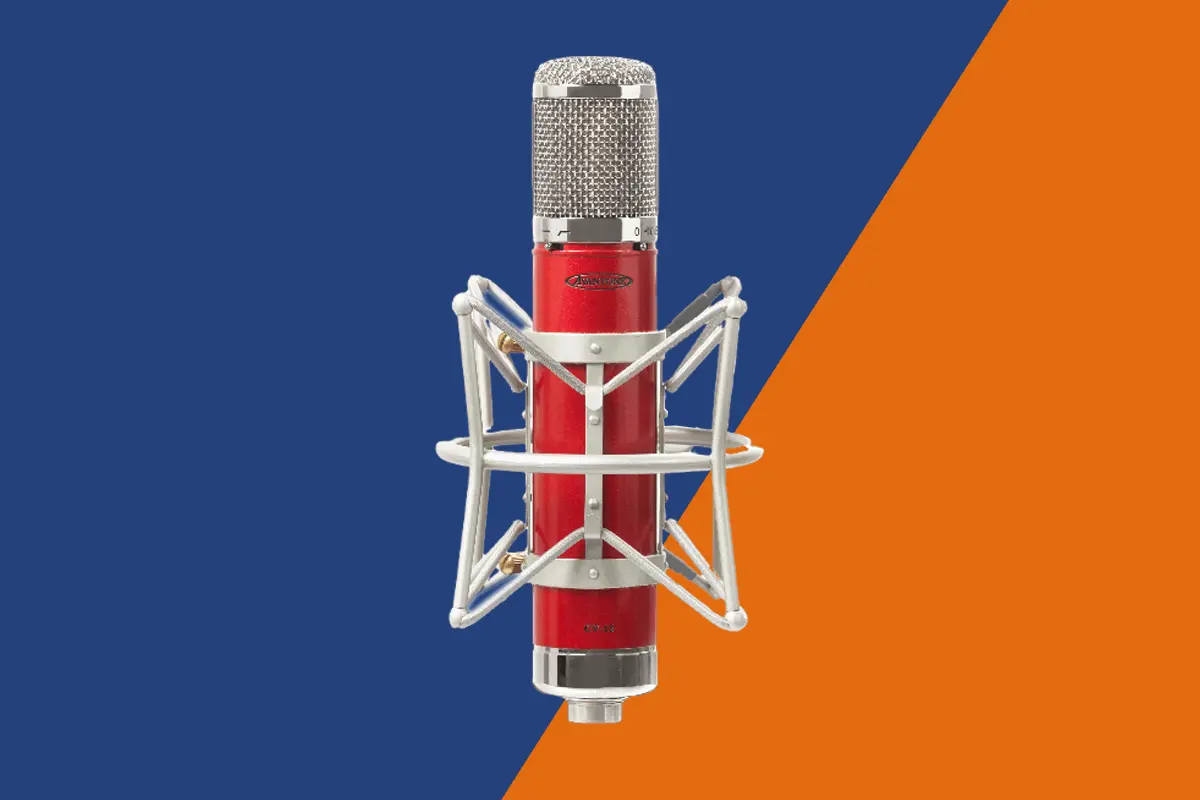
The Avantone CV-12 is a true chameleon in the world of vocal microphones. Its versatility knows no bounds, making it an excellent choice for various recording scenarios.
Key Features:
- Multi-pattern design (cardioid, omnidirectional, figure-8)
- Warm, vintage-inspired sound
- Durable construction
- Suitable for both studio and live performances
Cons:
- Some users report inconsistent quality control
- An omnidirectional pattern can pick up unwanted room sounds
Technical overview:
The Avantone CV-12 is a versatile externally polarized condenser microphone inspired by classic microphone designs.
It offers selectable polar patterns, including cardioid, omnidirectional, and figure-8, making it suitable for various recording applications.
The CV-12 has a frequency response spanning 20Hz to 20kHz and a sensitivity of 25mV/Pa. It can handle a maximum SPL of 136dB. The self-noise level is 16dB-A.
This microphone requires 48V phantom power to operate. With its multi-pattern selection, the CV-12 can handle anything from acoustic instruments to powerful vocal tracking in various environments.
With its multi-pattern flexibility, the CV-12 is perfect for artists who record in different environments, such as home studios or live rooms.
The Omni mode is great for ambient room recordings, while the cardioid is ideal for isolating vocals. It particularly shines for genres like folk and indie rock.
Warm Audio WA-14
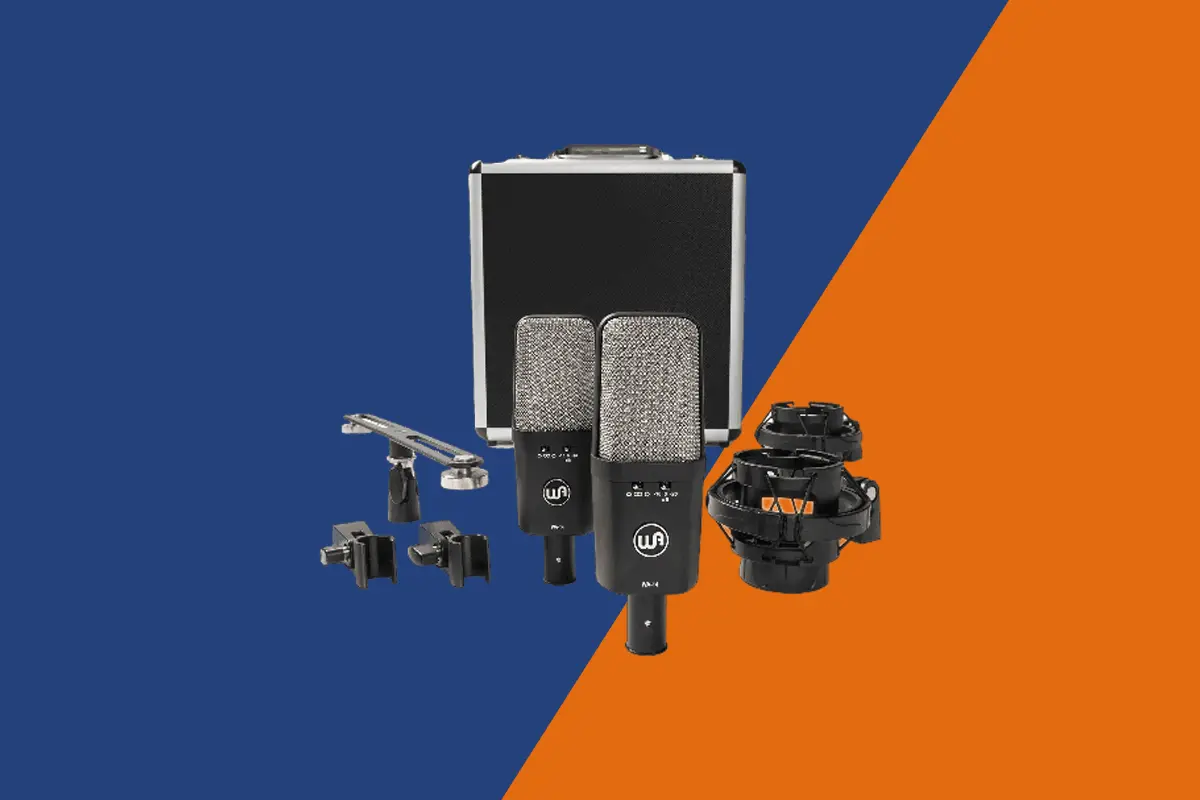
The Warm Audio WA-14 is a true masterclass in solid-state technology, delivering exceptional vocal recordings with unrivaled clarity and low self-noise.
Key Features:
- Solid-state design
- Extended dynamic range and SPL capabilities
- Cardioid polar pattern
- Robust metal construction
Cons:
- More expensive than some condenser options
- Fixed cardioid pattern limits versatility
Technical overview:
The Warm Audio WA-14 utilizes solid-state electronics to deliver clear, uncolored vocal reproduction in an affordable package.
It is a solid-state condenser microphone with a cardioid polar pattern. The WA-14 has a frequency response of 20Hz to 20kHz and a sensitivity of 12mV/Pa.
It can handle a maximum SPL of 135dB. The self-noise level is an impressively low 10dB-A. This microphone requires 48V phantom power for operation.
The WA-14’s simplicity, low self-noise, and high SPL handling capabilities make it well-suited for capturing transparent and detailed vocal performances.
The WA-14’s solid-state design and low noise make it a terrific option for recording crystal-clear vocals in a treated room or isolation booth.
It excels at pop vocals and other styles that need a pure, uncolored sound. Rap and hip-hop artists would also benefit from its extended SPL handling.
Bluebird SL
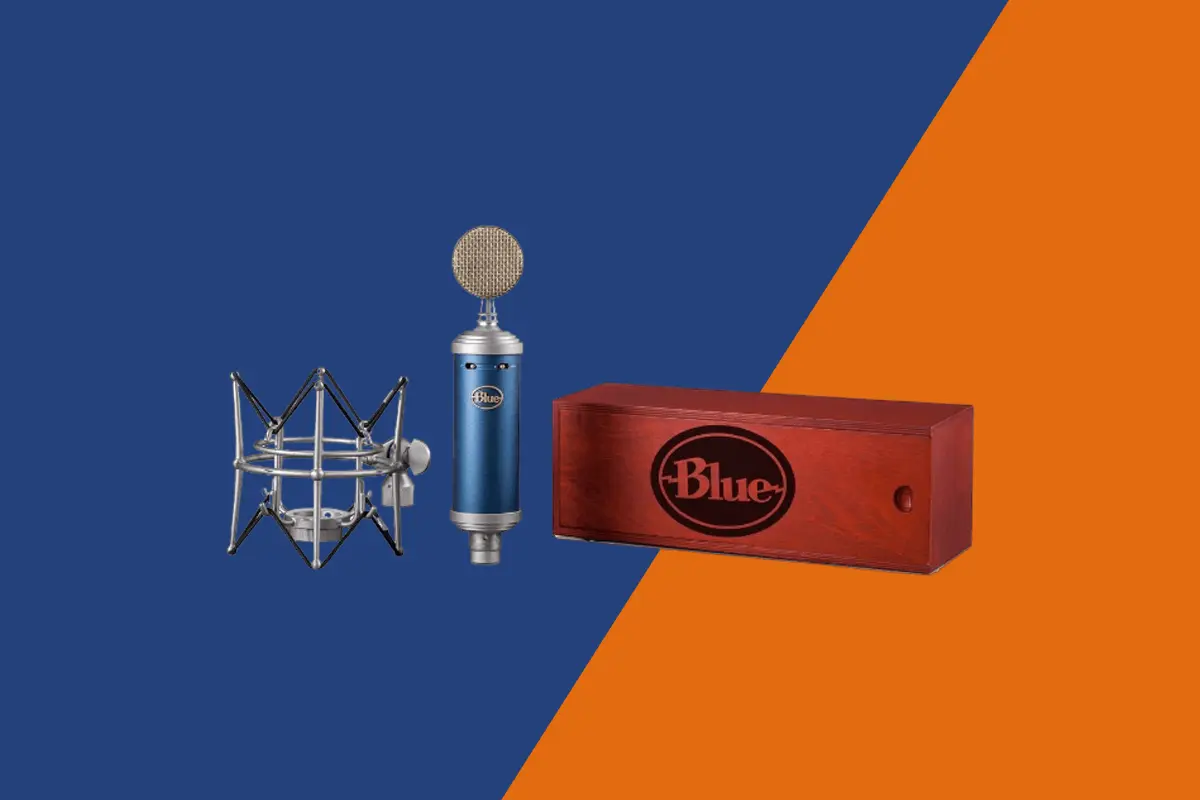
The Bluebird SL from Blue Microphones is a true gem in vocal recording. Its high-quality sound and affordability make it a standout choice among budget-conscious enthusiasts.
Key Features:
- Condenser microphone with cardioid polar pattern
- Detailed and accurate vocal reproduction
- Rugged construction
- Affordable price point
Cons:
- No pad or filter switches
- Some users report quality control issues
Technical Overview:
Blue Microphones Bluebird SL is an externally polarized condenser microphone that offers professional recording quality at an affordable price point.
It features a cardioid polar pattern and a frequency response spanning 20Hz to 20kHz. The Bluebird SL has a sensitivity of 18mV/Pa and can handle a maximum SPL of 135dB. Its Self-noise level is 14dB-A.
This microphone requires 48V phantom power for operation. With its cardioid pickup pattern and detailed sound reproduction, the Bluebird SL effectively captures vocals with clarity while minimizing unwanted mic bleed.
For its affordable price, the Bluebird SL delivers impressive vocal quality, ideal for home and project studios on a budget.
Thanks to its tight cardioid pattern, it is particularly well-suited for singer-songwriters looking to capture their vocals and acoustic guitar simultaneously.
Sennheiser MD 421 II
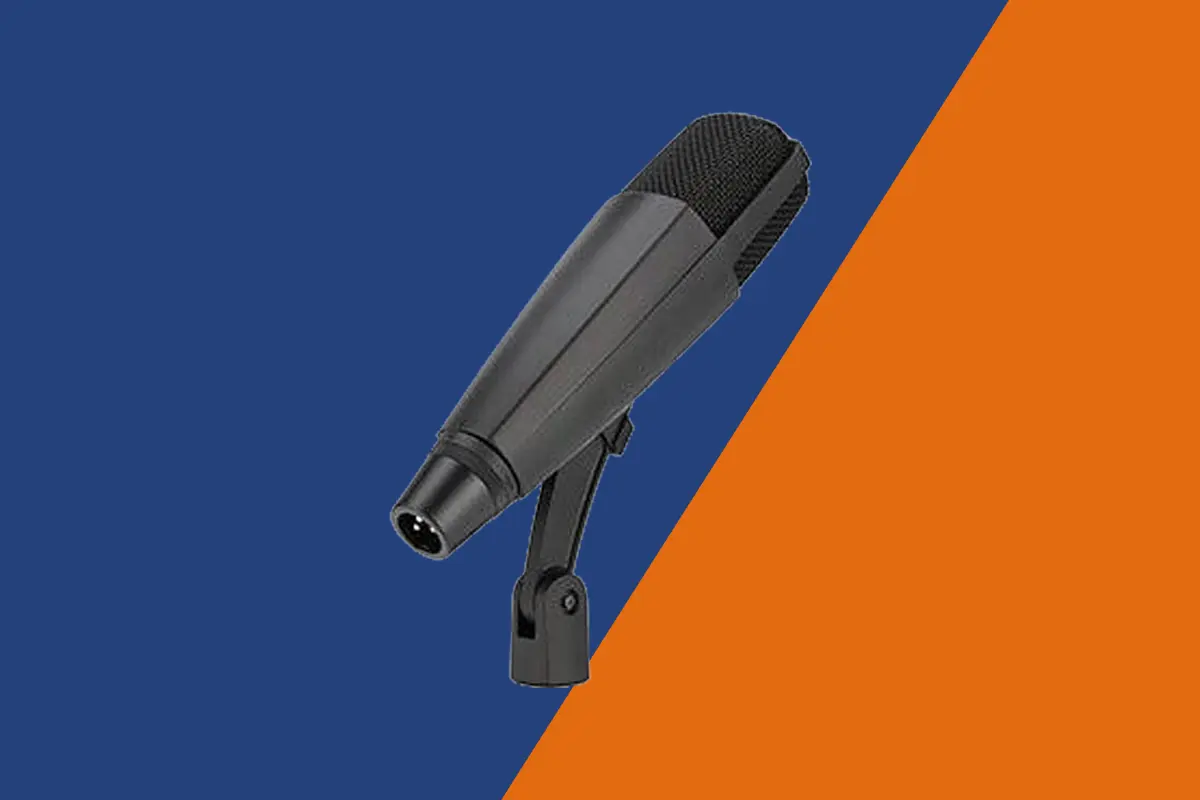
The Sennheiser MD 421 II is a dynamic powerhouse that defies expectations. Its versatility and durability make it a choice for studio and live performances.
Key Features:
- Dynamic microphone with cardioid polar pattern
- Exceptional feedback rejection
- Rugged construction
- Suitable for a wide range of vocal styles
Cons:
- Requires more preamp gain than condensers
- Lacks high-end clarity of some condenser models
Technical Overview:
Sennheiser’s legendary MD 421 II is a dynamic moving coil microphone that delivers broadcast-ready sound for vocals and instruments.
It has a cardioid polar pattern and a frequency response ranging from 30Hz to 17kHz. The MD 421 II has a sensitivity of 1.8mV/Pa and can handle an extremely high maximum SPL of 180dB.
This microphone does not require phantom power. The MD 421’s rugged construction and effortless ability to withstand extremely high SPLs make it suitable for vocal tracking and close-miking guitar cabinets and drums.
The MD 421 II’s dynamic design and ability to handle high SPLs make it perfect for loud vocals like heavy rock, metal, and aggressive rap.
Shure SM7B
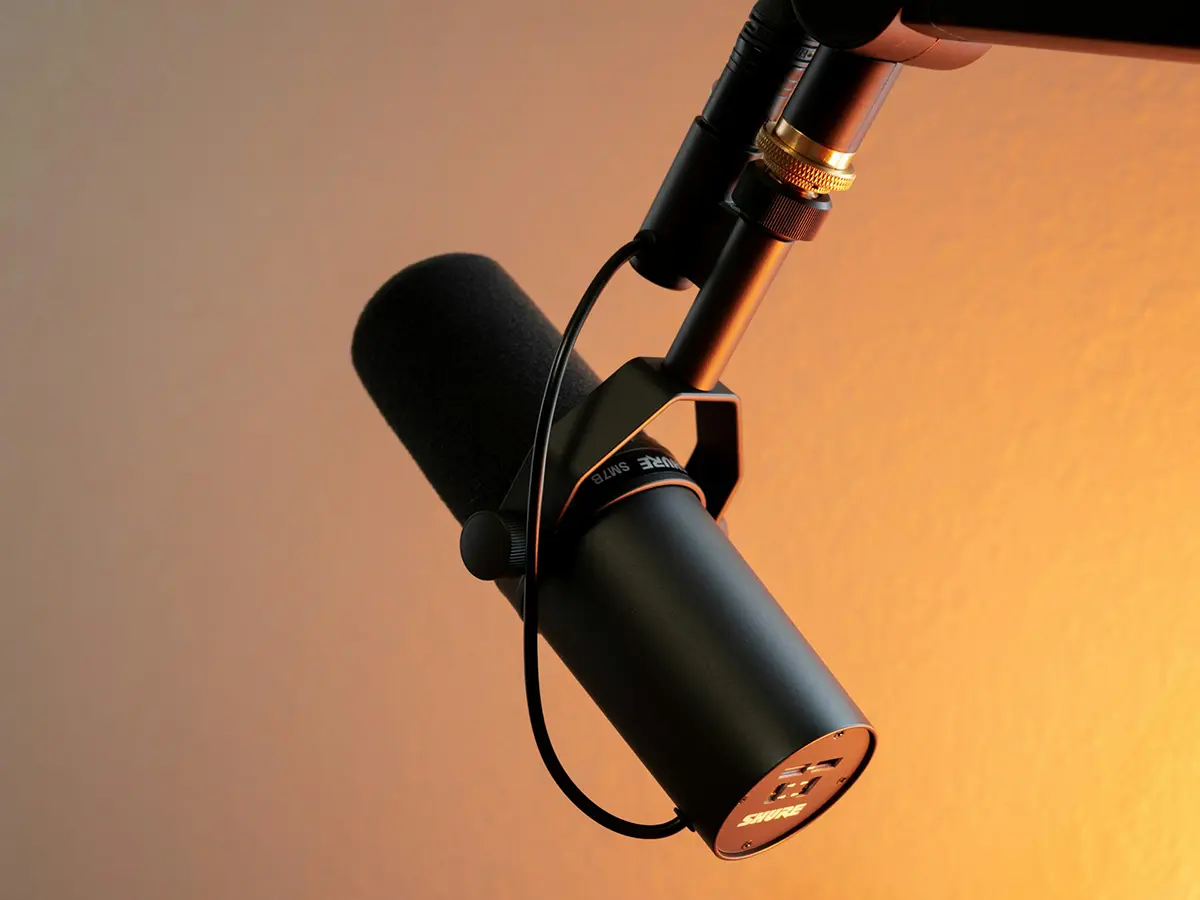
The Shure SM7B is a true icon in vocal microphones, and for good reason. Its balanced tone and versatility have made it a staple worldwide in studios and broadcast booths.
Key Features:
- Dynamic microphone with cardioid polar pattern
- Flat, natural frequency response
- Built-in pop filter and shock mount
- Versatile for various vocal styles and applications
Cons:
- Quite bulky and heavy compared to some mics
- Requires a good preamp because of low output
Technical Overview:
The iconic Shure SM7B has earned its reputation worldwide in recording studios and broadcast booths for its smooth, even frequency response.
It is a dynamic moving coil microphone with a cardioid polar pattern. The SM7B has a frequency response of 50Hz to 20kHz and a sensitivity of 1.9mV/Pa.
It can handle a maximum SPL of 180dB and does not require phantom power. This microphone features a built-in pop filter and shock mount to minimize plosives and handling noise.
The SM7B’s flat frequency response and integrated pop protection ensure pristine vocal capture every time.
With its flat response and built-in pop protection, the SM7B is an excellent vocal mic for broadcast-style voice work, such as podcasting, voiceovers, and radio announcing.
It also works great for music genres that need a smooth, even vocal tone, like adult contemporary and jazz vocals.
Rode NT1-A

The Rode NT1-A is a cardioid condenser microphone that delivers exceptional accuracy and detail in vocal recordings, making it an excellent choice for studio and live environments.
Key Features:
- Cardioid condenser design
- High SPL capabilities
- Extended frequency response
- Suitable for podcasting and other applications
Cons:
- No pads or filters to adjust the signal
- Reports of sensitivity to plosives
Technical Overview:
Rode’s NT1-A is an affordable externally polarized condenser microphone that brings professional sound quality within anyone’s budget.
It has a cardioid polar pattern and a frequency response spanning 20Hz to 20kHz. The NT1-A boasts a high sensitivity of 25mV/Pa and can handle a maximum SPL of 137dB.
Its self-noise level is an impressive 7dB-A. This microphone requires 48V phantom power for operation.
With specifications rivaling far more expensive models, the NT1-A captures detailed vocal performances while exhibiting ultra-low self-noise levels.
The NT1-A’s extended frequency response and clarity make it a solid choice for capturing harmonically rich vocals that need to cut through a mix.
It works particularly well for genres like pop and R&B. Home studio vocalists on a budget will appreciate its affordable price and quality sound.
By understanding the pros and cons of each mic, you can better evaluate which one will be the ideal fit for your vocal recording needs and environment.
My Recommendation
With all the information and comparisons laid out, you may be wondering which microphone I recommend for different levels of vocal recording enthusiasts.
Let me provide you with my perspective based on my experience in the industry.
Best Mic for Hobbyists or Beginners
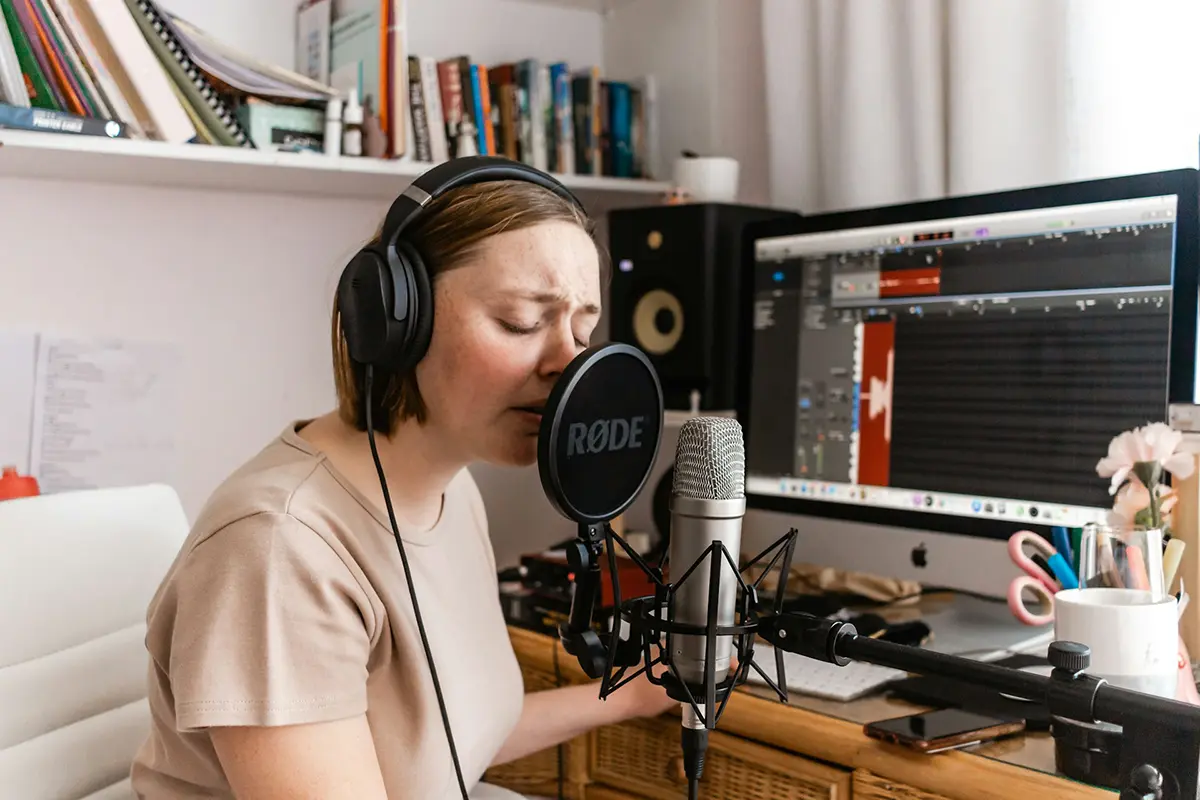
For those just starting their vocal recording journey or pursuing it as a hobby, I highly recommend the Rode NT1-A.
This cardioid condenser microphone offers exceptional quality and affordability, making it an ideal choice for budget-conscious beginners.
The NT1-A’s extended frequency response and high SPL capabilities ensure that it can accurately capture the nuances and dynamics of your vocals, whether you’re recording a soft ballad or a powerful rock performance.
Its clarity and detail will allow you to produce professional-sounding recordings right from the comfort of your home studio.
Moreover, the NT1-A is incredibly versatile, making it suitable for various applications, including podcasting, voiceovers, and other creative pursuits.
As your skills and interests evolve, this microphone will adapt seamlessly, providing a solid foundation for your growth as a vocal artist.
Best Mic for Enthusiasts or Professionals
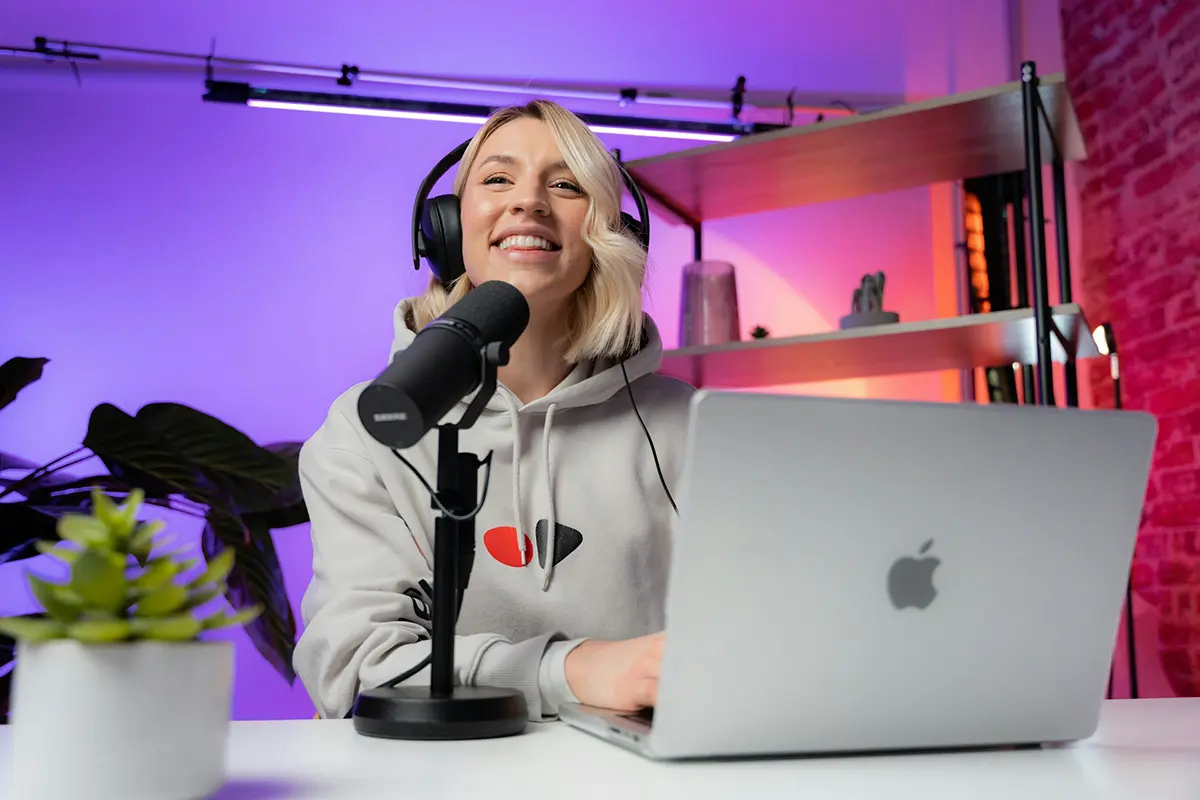
For those who have honed their vocal skills and are serious about taking their recordings to the next level, I strongly recommend the Shure SM7B.
This dynamic microphone is an industry workhorse renowned for its balanced tone, versatility, and exceptional performance in studio and live settings.
The SM7B’s flat, natural frequency response accurately captures your vocals, allowing your true voice to shine without coloration or unwanted artifacts.
Its built-in pop filter and shock mount enhance the recording quality by minimizing plosives and handling noise.
Whether you’re a seasoned singer-songwriter, a voice actor, or a podcaster, the SM7B will become your trusted companion, delivering consistent, professional-quality results time after time.
Its versatility allows it to excel across various genres, from delicate acoustic performances to powerful rock vocals, making it a wise investment for any serious vocal artist.
While the Shure SM7B demands a higher initial investment, its durability, reliability, and superior sound quality make it a worthwhile long-term investment for those passionate about their craft.
Ultimately, the choice between these two microphones will depend on your specific needs, budget, and level of expertise.
However, I assure you that the Rode NT1-A and the Shure SM7B represent outstanding value for their respective categories, offering exceptional vocal recording capabilities that will elevate your performances to new heights.
Conclusion
Having the right microphone makes a huge difference when recording excellent vocals. The good news is you don’t have to spend a fortune to get a great mic.
I’ve shared my top picks for the best vocal mics under $500 in this post. Some excellent options exist, from the super versatile Avantone CV-12 to the crystal clear Rode NT1-A.
Whether you’re a pro singer or a newbie, investing in one of these mics will take your vocal recordings to the next level.
Each has unique strengths and sounds that can bring out the best in your voice.
Pick the mic that feels right for your style and setup. You can’t go wrong with any of these choices.
Have fun and experiment. Try out different mics and see which one makes your vocals shine.
Trust me, after years in this business, I know these affordable mics can help you create amazing vocal tracks.


